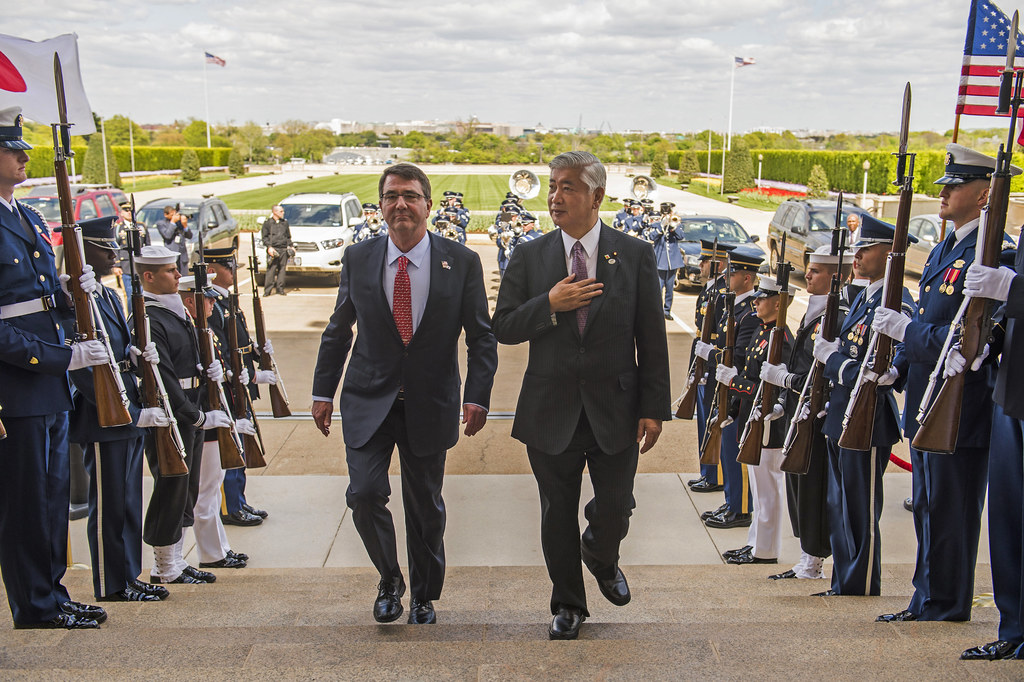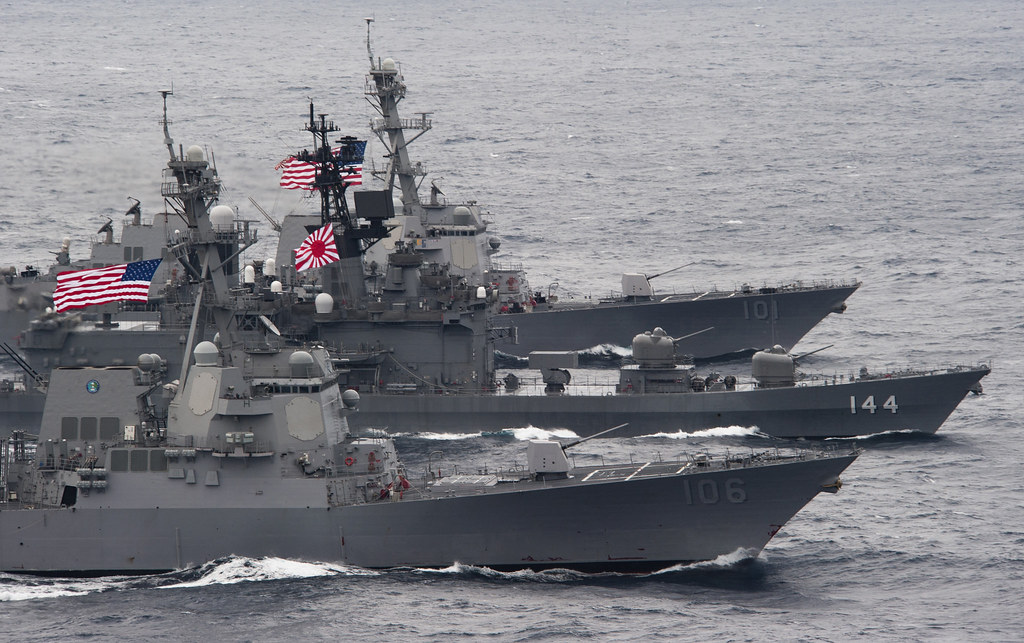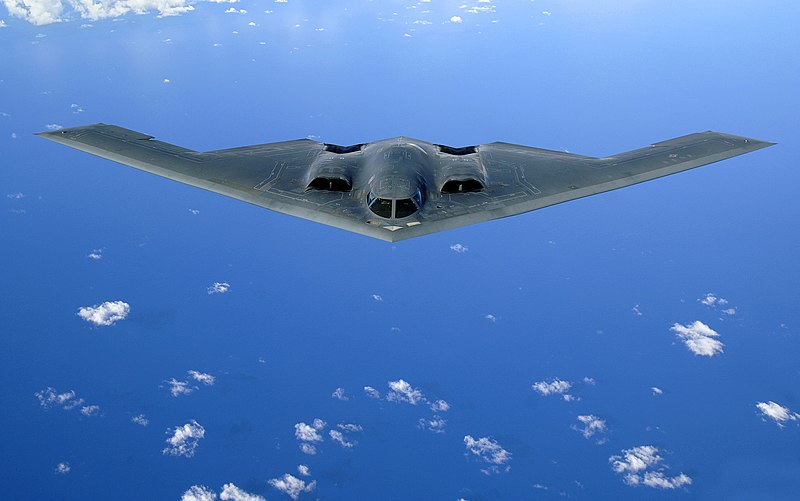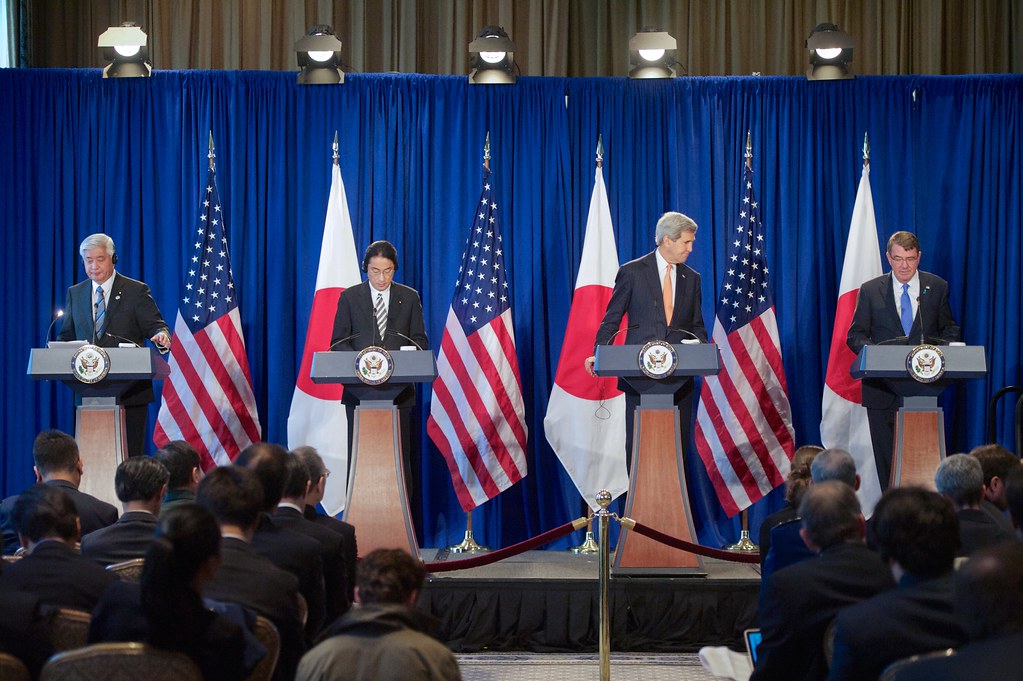Malcolm Cook
The new US–Japan Guidelines for Defense Cooperation (PDF) and the accompanying joint statement by the two countries’ foreign and defence ministers commit both sides to do more with each other in relation to third countries than did the much shorter 1997 guidelines when the East Asian security situation was less fraught.
The first reading of the guidelines from a Southeast Asian perspective suggest that one of the East Asian goals of the US rebalance is well on the way to being realised, while another one may not be so. On the positive side, as successive US Quadrennial Defense Reviews have repeated, the US has long sought greater support from allies and security partners in East Asia. The rebalance isn’t only a commitment by the US to update its forward defence commitments in East Asia (and ring-fence them from sequestration) but also a reciprocal opportunity for its treaty allies and growing number of security partners to provide greater support to the US.













_at_Pearl_Harbor_in_2013.JPG/666px-Bangladesh_navy_frigate_Somudro_Joy_(F-28)_at_Pearl_Harbor_in_2013.JPG)
.jpg)











.jpg)








